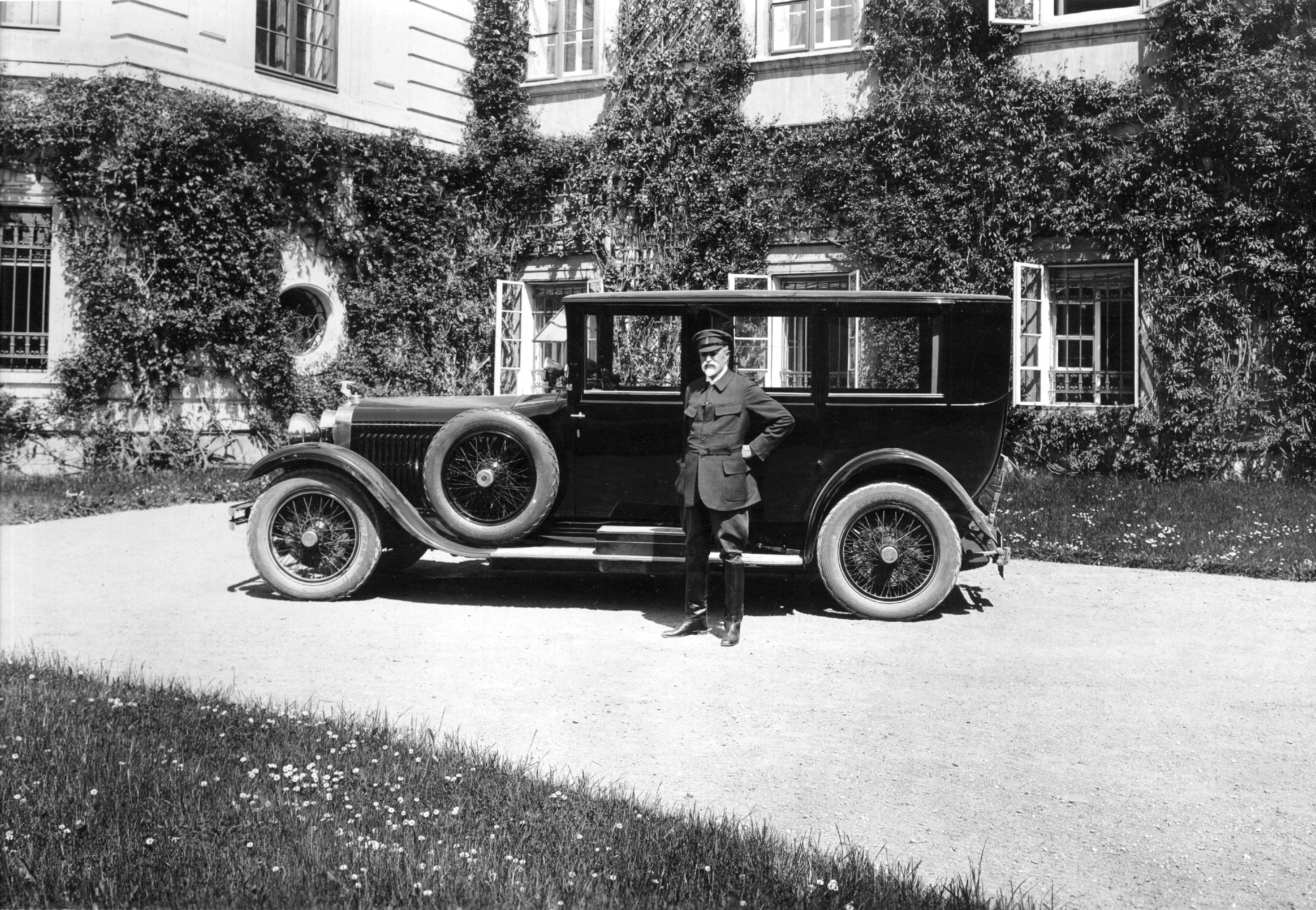How would you sum up ŠKODA’s historical presence on the Spanish market?
Despite ŠKODA’s long history, which will see us celebrating its 125th anniversary next year, it remains a relatively young brand in Spain. Until 1991, ŠKODAs were imported by a private importer called Montalban. From 1992 to 1996, after our merger with the Volkswagen Group, SEAT was in charge of the commercialisation of ŠKODA cars. Sales were around 3,500 cars per year.
The modern history of the ŠKODA brand on the Spanish market started in 1997, when ŠKODA was incorporated into Volkswagen Group España, which distributes Audi, Volkswagen, and Volkswagen commercial vehicles in Spain. Since then, the sales have steadily increased and last year we delivered more than 27,000 vehicles. We currently have 93 sales points and we are steadfastly increasing the number of facilities in our pursuit of our target of reaching around 100 facilities in 2021.
What is ŠKODA’s current status on the Spanish market?
We had a very successful year in 2018, notching up record sales. We delivered more than 27,000 vehicles to customers, a 19% increase on 2017. As such, ŠKODA was the generalist brand in Spain with the highest growth in percentage in 2018. Despite this, there is still room for improvement because our market share in Spain is 2.2% and the brand is targeting 3%.






































